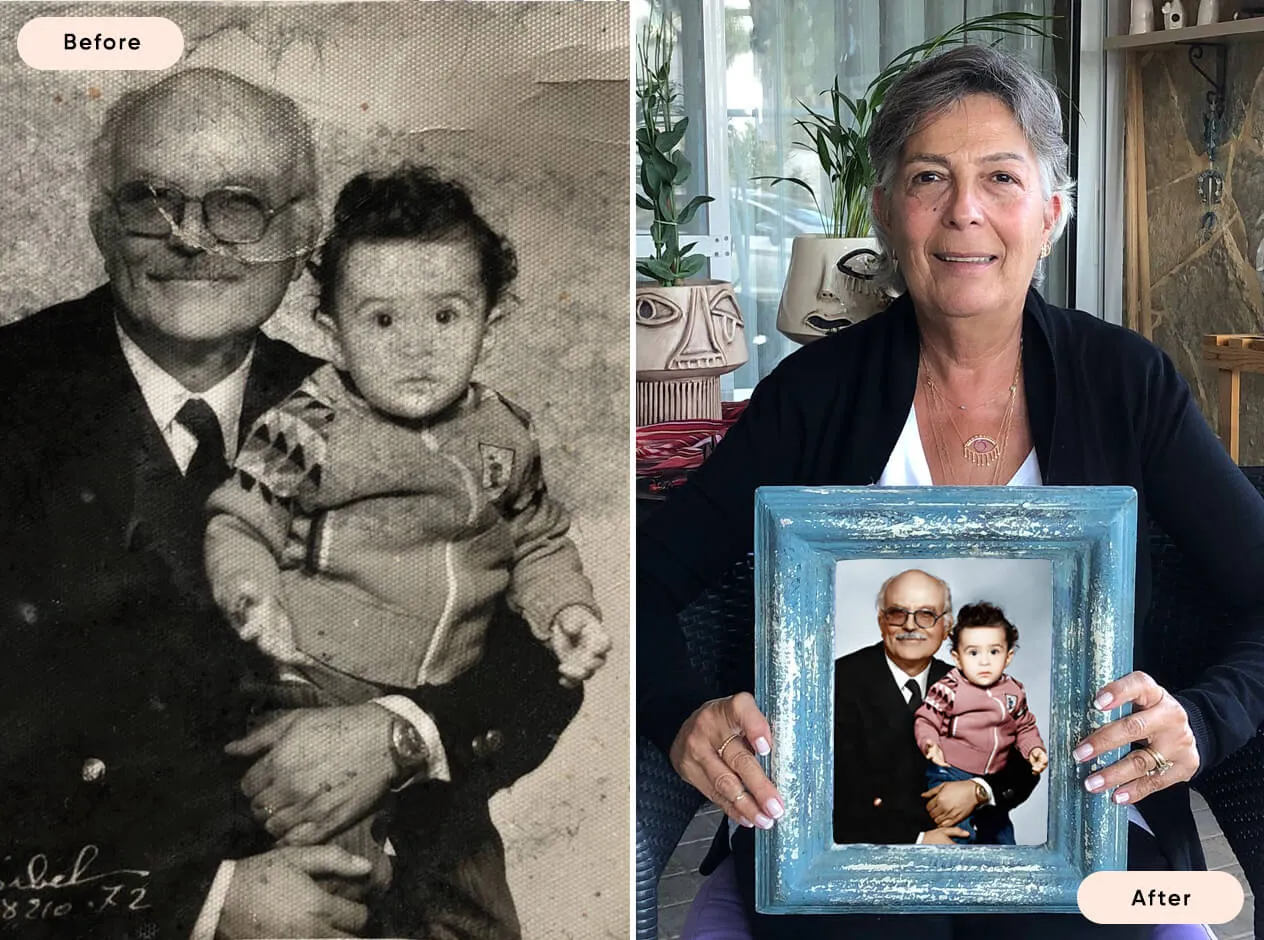Phase vs Contrast Detection | Autofocus Methods Compared
In the world of photography, autofocus technology is crucial for capturing sharp and clear images. Two primary types of autofocus systems exist: phase detection and contrast detection. Understanding the differences between these methods can significantly impact your shooting experience. This article delves into the nuances of each system, highlighting their advantages and limitations.
Phase Detection AF in SLR Cameras
Phase detection autofocus (PDAF) is predominantly used in single-lens reflex (SLR) cameras. This system employs a mirror and a prism to direct light from the lens to a dedicated AF sensor. When a photographer half-presses the shutter button, the camera calculates the distance to the subject by comparing separate beams of light. This method is known for its speed and accuracy, enabling quick adjustments even in challenging lighting conditions. As a result, phase detection AF is ideal for fast-paced environments such as sports or wildlife photography, where every millisecond counts.
Phase Detection AF in Action
When utilizing phase detection AF, the performance is often evident in rapid succession shooting. Cameras equipped with this technology can achieve reliable focus quickly, allowing photographers to capture fleeting moments without the lag often associated with other systems. Modern DSLR cameras also feature sophisticated algorithms that enhance tracking capabilities, ensuring that even moving subjects remain sharply in focus. This effectiveness is one reason why many professionals prefer phase detection AF in their work.
Limitations of Phase Detection AF
Despite its strengths, phase detection AF has limitations. The primary drawback is that it relies on a dedicated AF sensor, which can sometimes struggle in low-light conditions or with low-contrast subjects. Additionally, certain lenses may not support the advanced features of phase detection, leading to less-than-optimal focusing performance. This limitation can be frustrating for photographers, particularly in situations where light is scarce, or depth of field is shallow, making precise focusing all the more critical.
Sensor-Based Phase Detection AF
Advancements in technology have led to the development of sensor-based phase detection AF, which incorporates phase detection directly onto the image sensor. This innovation has particularly gained traction in mirrorless cameras, allowing for precise focusing across the entire frame. This hybrid method combines the rapid focusing capabilities of traditional phase detection with the versatility of contrast detection, offering an impressive balance of speed and accuracy. As a result, modern mirrorless cameras equipped with sensor-based phase detection AF significantly enhance user experience by mitigating some traditional limitations of phase detection.
Contrast Detection AF in Mirrorless and SLR Cameras
Contrast detection autofocus, on the other hand, analyzes the contrast of an image to determine focus accuracy. This method achieves maximum sharpness by detecting the point where contrast is greatest—it’s a slower process than phase detection but is increasingly prevalent in mirrorless cameras. Many modern mirrorless systems implement contrast detection AF as their primary mode, often complemented by other technologies for improved performance. This method excels in still photography or when shooting in environments with ample light, making it effective for landscapes or portraits where precise focus is paramount.
In summary, both phase detection and contrast detection autofocus systems play vital roles in photography. Understanding their strengths and weaknesses can help photographers choose the right tools for their specific needs, ensuring optimal results in various shooting scenarios.

Or Get YourMoney Back
back your money in the rare case you are not satisfied with the quality of your
damage-free pictures. Only $38 for most image restorations regardless of damage

All rights reserved.